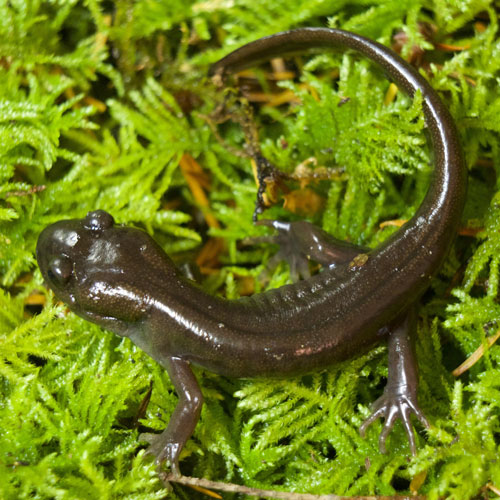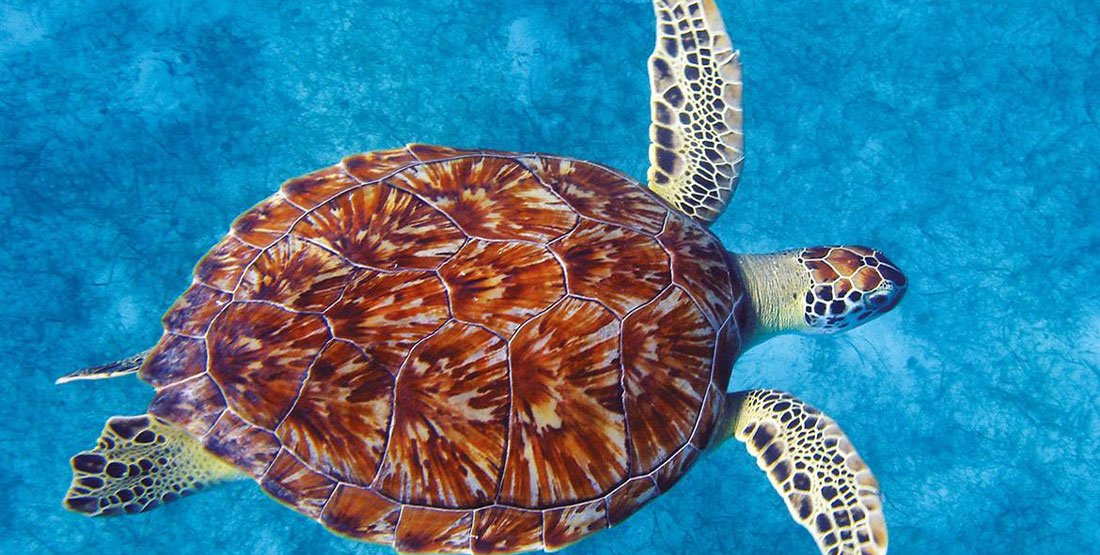Fast Facts
Where they live
- Green sea turtles are found in subtropical and tropical oceans worldwide, including the Pacific, Atlantic, and Indian oceans.
- Their preference for warmer waters, those above 20°C, is due to their sensitivity to cold and heat.
- Males spend their entire lives out at sea, while females only come out of the water to lay eggs.
What they eat
- Adult green sea turtles are strict plant eaters and spend much of their time eating algae in the ocean or grass in shallow waters.
- However, young green sea turtles are also able to eat jellyfish, worms, snails, sponges, and crabs.
Breeding
- Every 2 to 3 years, females travel to the same beach they were born to lay their eggs.
- She digs a deep nest using her back legs.
- Lays 100 to 200 eggs, and covers her nest with sand.
- The young hatch after about 2 months and head straight for sea.
Cool Biology Facts
- Some female green sea turtles have been observed digging a fake nest next to their real nest in order to deceive predators who might want to eat the eggs.
- Green sea turtles have been known to travel 3,000 miles at speeds of up to 15 miles per hour!
Threats
- Green sea turtles are considered an endangered species. Their main threats include loss of nesting habitat due to coastal development and hunting for their meat, hides, and eggs.

Amphibians & Reptiles of Washington
Do you know where rattlesnakes live in our state? Or which salamander breathes through its skin? Explore the fascinating diversity of the 26 species of amphibians and 28 reptiles found in Washington state.

